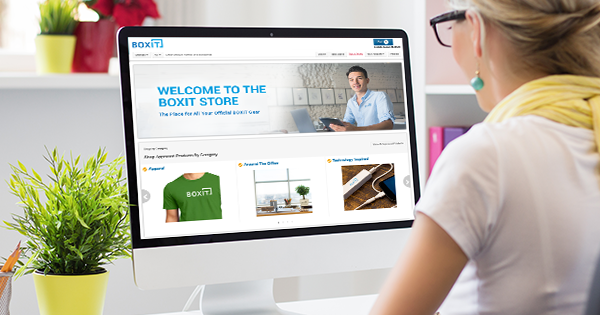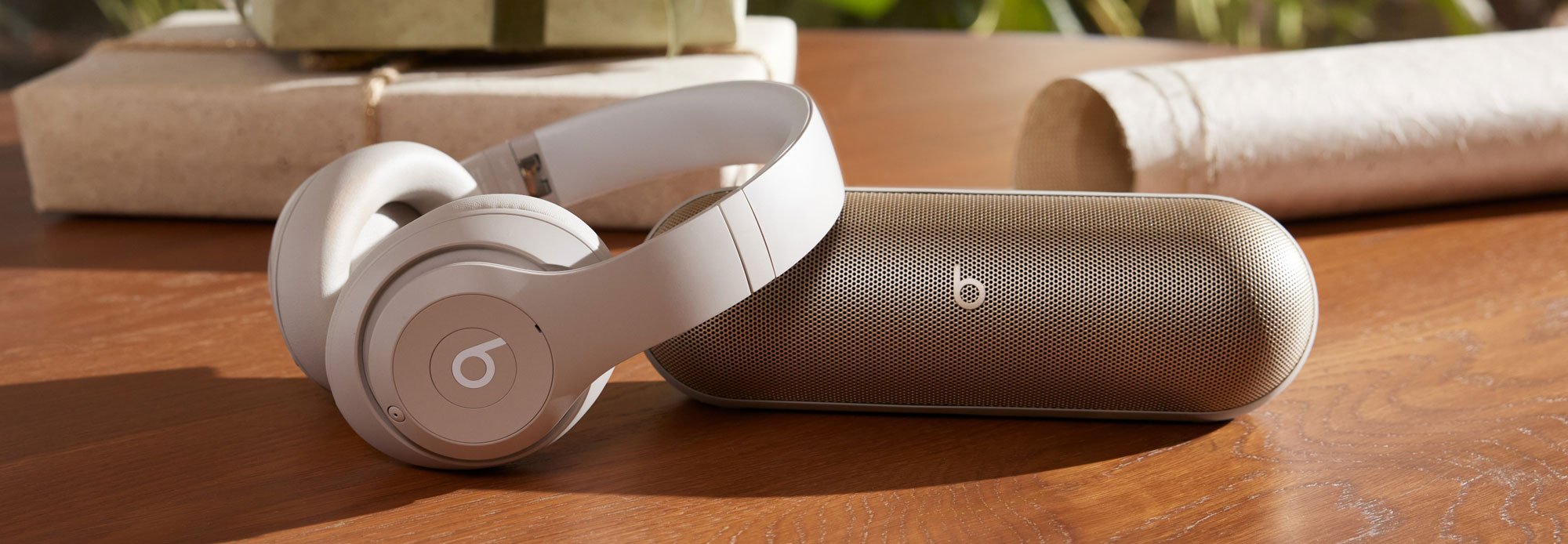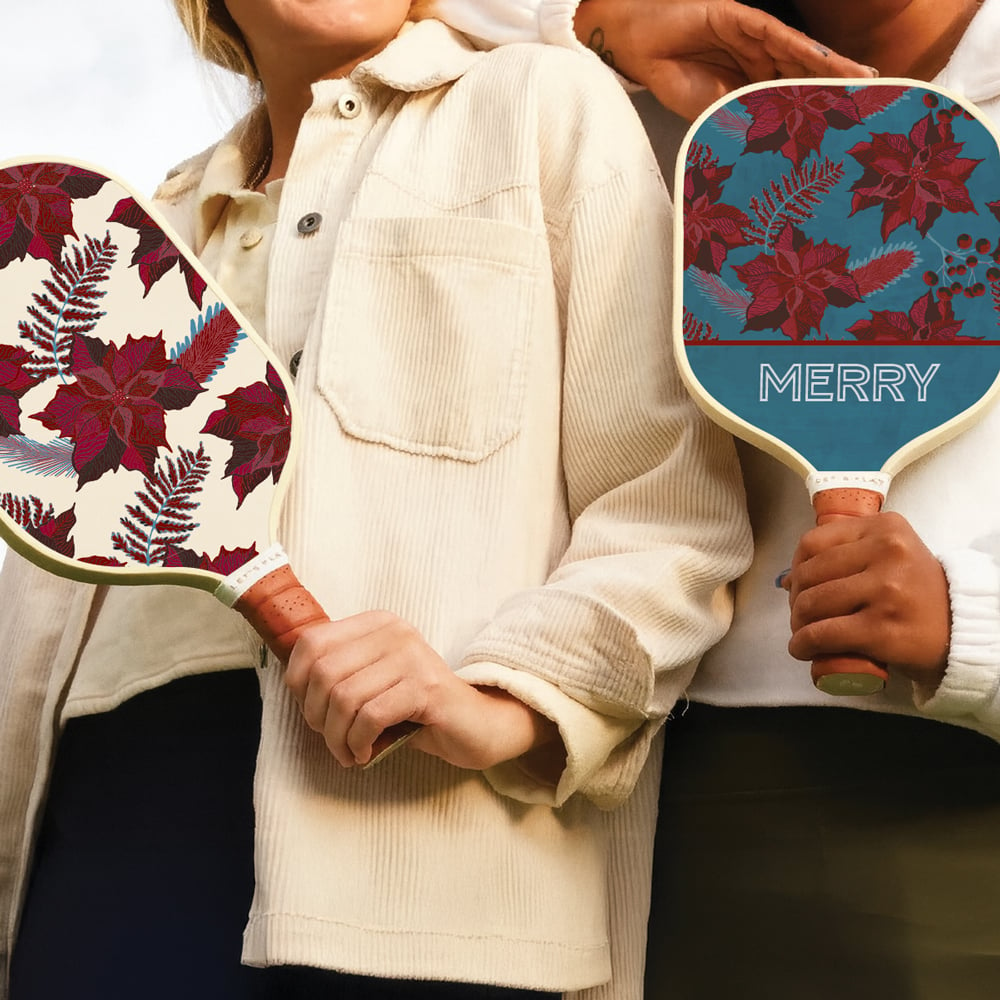Are you preparing to set up a promotional product program or planning to consolidate existing promo spending at your business? Whether you want to get the best deal or need documentation comparing multiple suppliers, your company may require an RFI or RFP to look for vendors.
That’s great for comparing the best suppliers for office supplies or software, but the traditional RFI/RFP process doesn’t always work with promotional products. Using a standard RFP template, there’s a good chance you might miss out on high-quality suppliers.
In this guide, we’ll explain how RFIs and RFPs differ for promotional products and give you a few actionable tips to streamline the promo RFP process.
Understanding RFIs and RFPs
Before we get into the nitty-gritty of managing your RFIs and RFPs, let’s do a quick rundown of how RFIs and RFPs usually work.
Requests for Information (RFIs)
An RFI is the first formal step in the procurement process. This is a standard procedure for collecting written information about different suppliers’ capabilities. Ultimately, the goal of an RFI is to gather information that helps you decide which suppliers are good candidates to invite to participate in your RFP.
Requests for Proposals (RFPs)
Once you sift through the RFIs and decide on a few suppliers, you ask them to submit a Request for Proposal—essentially, a request asking them to detail their offerings and prices in one cohesive document.
You send the supplier the RFP and request all of the information you need to make a decision. The supplier turns that information around as a bid, proposal, or formal RFP response.
Next, you select two or three of your favorite vendors and ask them to do a virtual or in-person presentation. The finalists will present their capabilities, demo any supporting technology, and conduct a live Q&A. From there, you meet with your team to review the proposals and pick the best supplier for the job.

5 Tips for Handling Promo Product RFPs and RFIs
The RFI/RFP process is very common in enterprise companies, nonprofits, and government entities. The only issue is that it isn’t always the best process to find partners for promotional products.
Because of the unusual nature of promo products, it doesn’t make sense to follow a typical RFP template. Promo isn’t a commodities business—you can’t look for the lowest product price and be sure you're picking a supplier that will actually meet your needs.
Promo is a customized space where creative work, technology, distribution, and other add-on services make the program a success. How do you quantify that? And how can you possibly do a fair apples-to-apples comparison when each vendor is so different? When it comes to ancillary services that are difficult to quantify in dollars, it's hard to compare one vendor’s response to another.
What’s a business to do?
It’s easy: You just need to tweak the RFI/RFP process to work for promo products. Follow these tips to better handle RFPs for promotional products.
1. Clearly Define Your Needs
Don’t beat around the bush or use flowery corporate jargon. Your RFP document should start off with a simple bullet-point list of what you’re looking for and what you’re hoping to accomplish. Define what “success” means to you.
Let suppliers know you’re open to custom solutions. Look for folks who can deliver either bespoke products or hands-on assistance, like Boundless’s Brand Consultants. The clearer you are about your needs and goals, the more relevant the RFP responses will be to your company.
If you want to find the best vendor for the job, create a scorecard to quantify what is traditionally unquantifiable. Use it to rank each vendor in terms of:
- Culture fit (company values affect everything, so don’t overlook this)
- Creativity
- Customer service
- Technology
- Pricing
But don’t keep your scorecard a secret—share it with your vendors! Some vendors won’t even reply to an RFP if you don’t include success criteria. Providing the scorecard at the start of the process makes everything much more transparent.
When the process is complete, vendors often want to understand how you made your decision and what they can do to improve. Sharing final scorecards is a simple way to give them the feedback they want without getting into difficult conversations.
2. Request Past Success Stories
Any promo supplier worth their salt will have plenty of success stories to share. Add a section in your RFP template that requests at least three success stories or case studies.
It’s hard to quantify promo, but ask the suppliers to submit as much quantifiable information as possible. This information will make it easier to weed out less seasoned promo suppliers from the more professional, proven suppliers.
It’s also a good idea to request customer testimonials or reviews. You can probably find these on the supplier’s website or business listing, but it helps to see everything in the same place in an RFP.
3. Ask for a Detailed Plan
Sure, the products matter, but promo marketing is more than ordering awesome merchandise. A solid promotional products supplier will understand the different types of buyers with different buying needs (employees, HR, marketing, etc.).
Their proposals should offer solutions that meet the varied needs of all buyers across your organization. They should be so in tune with your company and goals that they come to you with thoughtful and innovative ideas that are clearly tied to your initiatives.
In your RFP template, always ask your suppliers to submit a plan that includes details around execution and timing. Look for suppliers that take the time to research your company or market before executing promo programs. Companies that offer one-on-one relationships with promo experts should also be on your radar.
You want high-quality proposals, so give your vendors enough time to do their research and submit a thoughtful RFP. Most RFPs happen within six to eight weeks, which just isn’t a lot of time—especially if you’re requesting finalist interviews.
Give your vendors as much time as possible. It might draw out your timeline a bit, but you’ll get more accurate and thoughtful responses.
.jpg?width=5184&height=3888&name=pexels-kindel-media-7688336%20(1).jpg)
4. Look at Value, Not Price
Traditional RFPs focus way too much just on product price. We know it's a critical component, but if you get pricing tunnel-vision, you could miss out on suppliers that offer more bang for your buck.
Instead of going with the cheapest products, ask yourself, “What am I actually getting for the money?”
For example, is the supplier only charging you for the products but doesn’t provide customer support, strategy, or technical support? If you’re trying to decide between different vendors and one quote is larger but offers more support, it could be worth the higher price tag.
You will always need to ask suppliers for their product pricing. If you want to compare them fairly against each other, request a market basket. Make your request as detailed as possible so there’s no room for ambiguity. For example, provide direction on creative and ask each vendor to price out a single product and 150 of that same product within your parameters. Ask them to include line items for all add-ons, too.
For instance, when asking suppliers to provide pricing for 300 rubber duckies, also ask them to include additional services, like creative services, warehousing and logistics, freight, technology, and integrations. It’s easier to do fair comparisons when you can see what else a supplier brings to the table.
5. Prioritize Innovation
Instead of queuing on promotional products that are outdated or stuffy, work with suppliers on the cutting edge of the industry—not folks who are repeating ideas from 2019.
Innovative promo companies are quality promo companies. Innovation tells you that the supplier actually cares about getting results—they aren’t simply there to sell you products from a catalog.
In your promotional marketing RFP, ask suppliers to detail their innovations, inventions, or technologies. Look for suppliers with proprietary technologies, certifications, awards, and patents.

Smarter Sourcing for Promotional Products
The RFI and RFP processes take time, but a little creativity and restructuring can help you receive more helpful, accurate proposals.
If you want to skip the line and work with an innovative, hands-on promo company that gets to know you on a personal level, go with Boundless. Our expert Brand Consultants are promo fanatics who act as your own personal marketing agency.
Contact us to see how Boundless’ Brand Consultants, endless products, and custom programs Create Brand Love™ moments.





Comments (0)